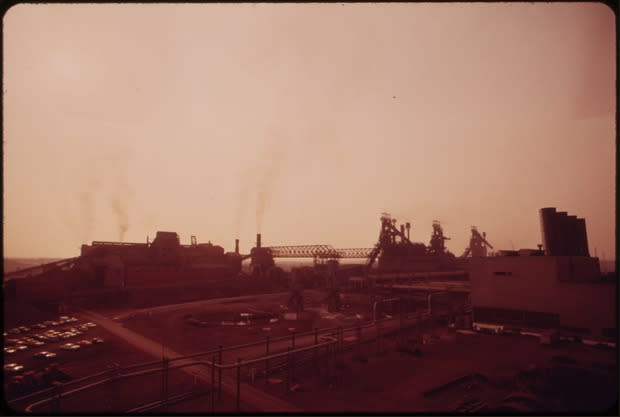Keystone NAP partners with Schneider Electric to build next generation modular datacenter
What's hot on ZDNet
Keystone NAP is building the future on the bones of the past. It's taking advantage of a power infrastructure that was originally built to meet the needs of a major steel mill and building a next-generation datacenter with more than 2,000 megawatts of onsite power available from four separate substations generating power from totally unrelated sources.
By building their new modular datacenter facility into what was once the steel plant's motor room building — which consisted of two blast furnaces, nine open hearth furnaces, two coke batteries, an 80-inch hot strip mill, rolling mills, a sheet and tin department, and a pipe mill — Keystone is taking advantage of the seriously solid and imposing structure that once exemplified a major US Steel facility. All that remains of a US Steel presence, that once employed more than 8,000 people, is a separate finishing facility.

Original Steel Works (credit: wikimedia.org)
In addition to the power-generation facilities, which include significant power generated from a trash-to-steam facility and a landfill waste gas power generation plant, the new Keystone NAP has cooling options that include the Delaware River, which effectively flows through the property (it was once used to transport materials to and from the giant steel plant). Geographically, the new datacenter will be convenient to the entire Northeast Corridor, making it suitable for use as either a primary or secondary facility for companies based in the region.
The structure is being optimized for the custom modules designed in conjunction with Schneider Electric which Keystone calls keyblocks. Each keyblock is an independent data vault for a single customer, with up to 400kW of power per Keyblock available. Each keyblock can have a customized SLA that targets the needs of the customer making use of the module.
Carrier neutral, multi-peered and with dark fibre availability, the finished facility should have little trouble meeting the networking, connectivity and power needs of their customers. Initial provisioning of the facility is expected to be complete in early Q1 of next year.


